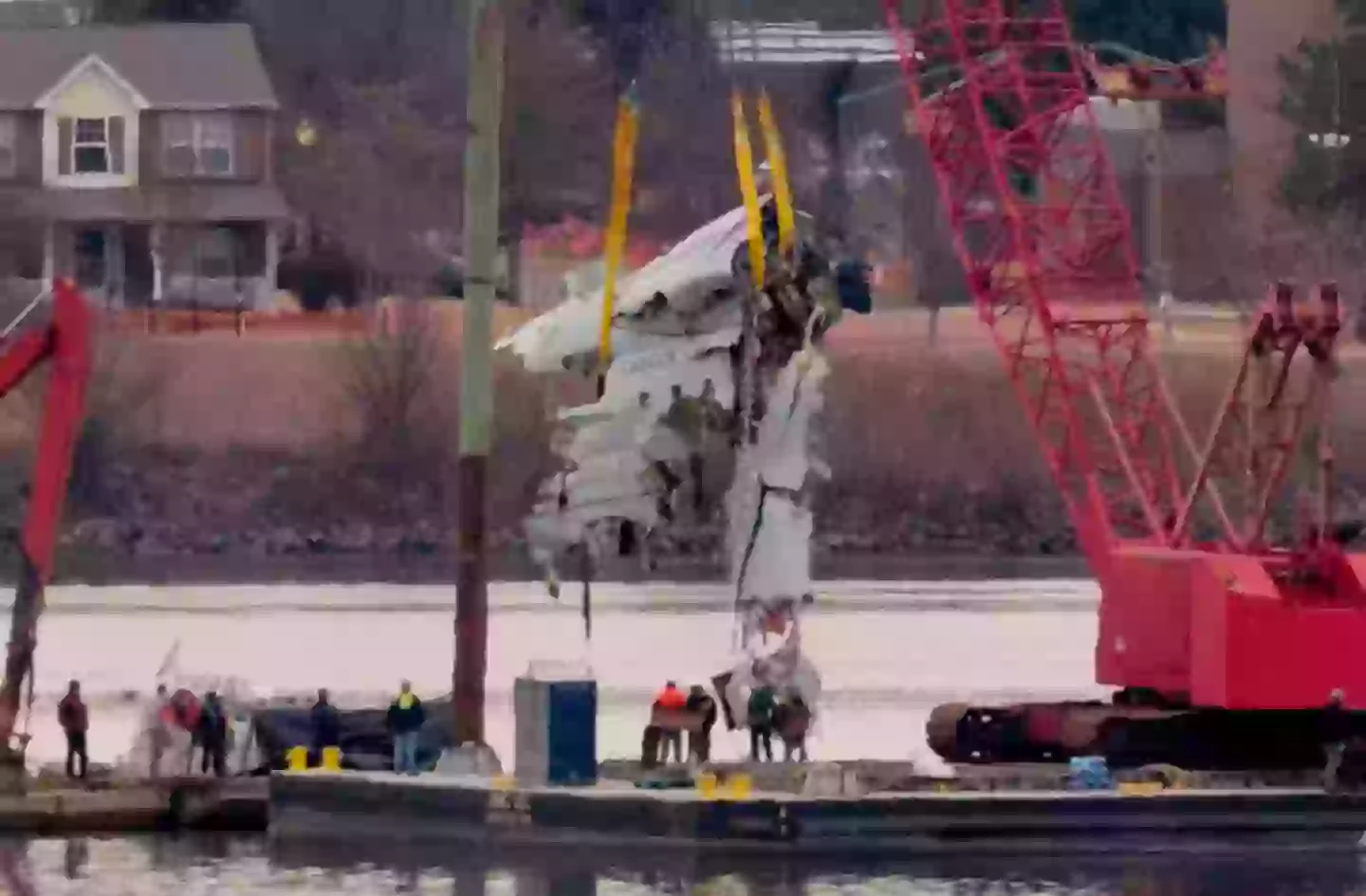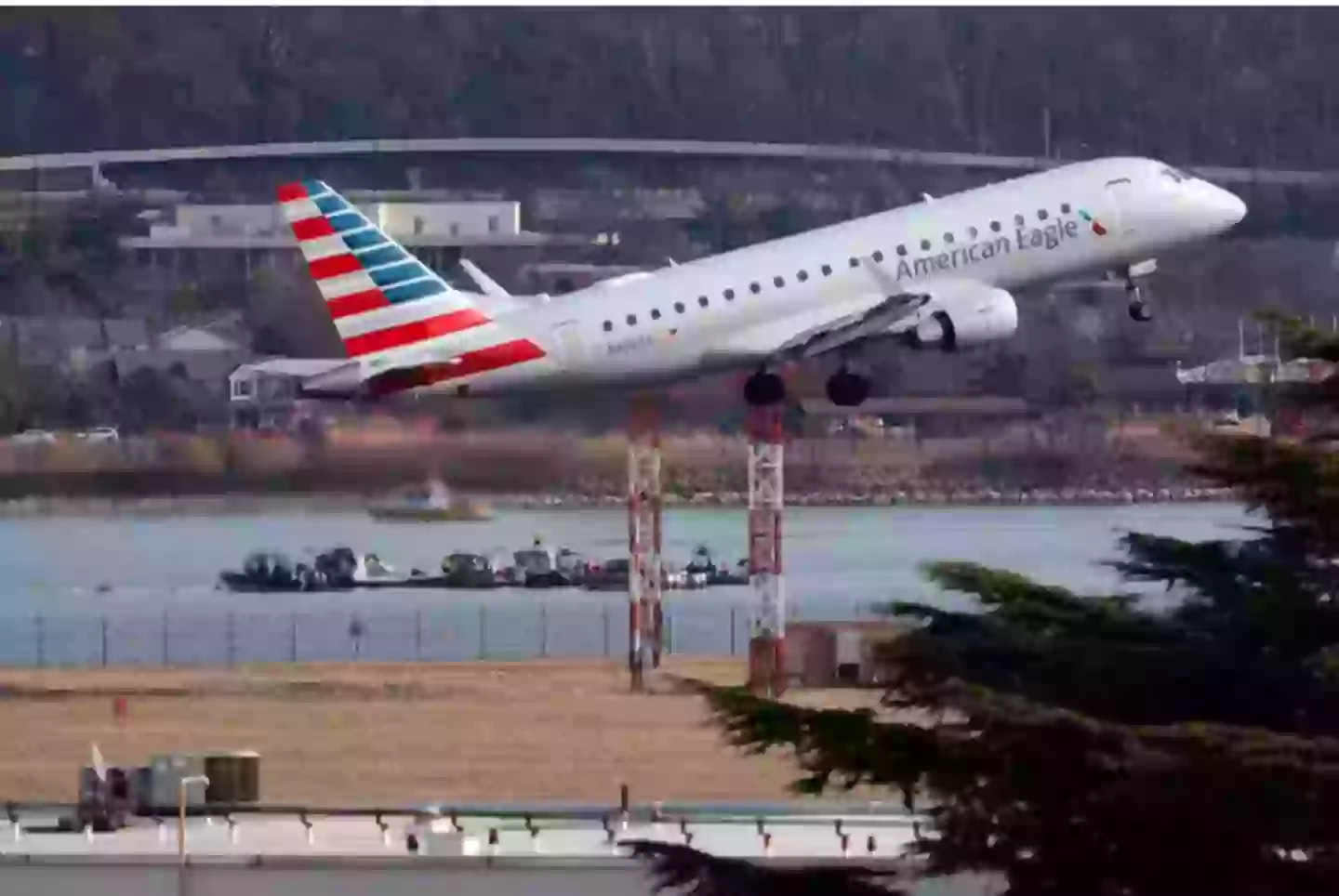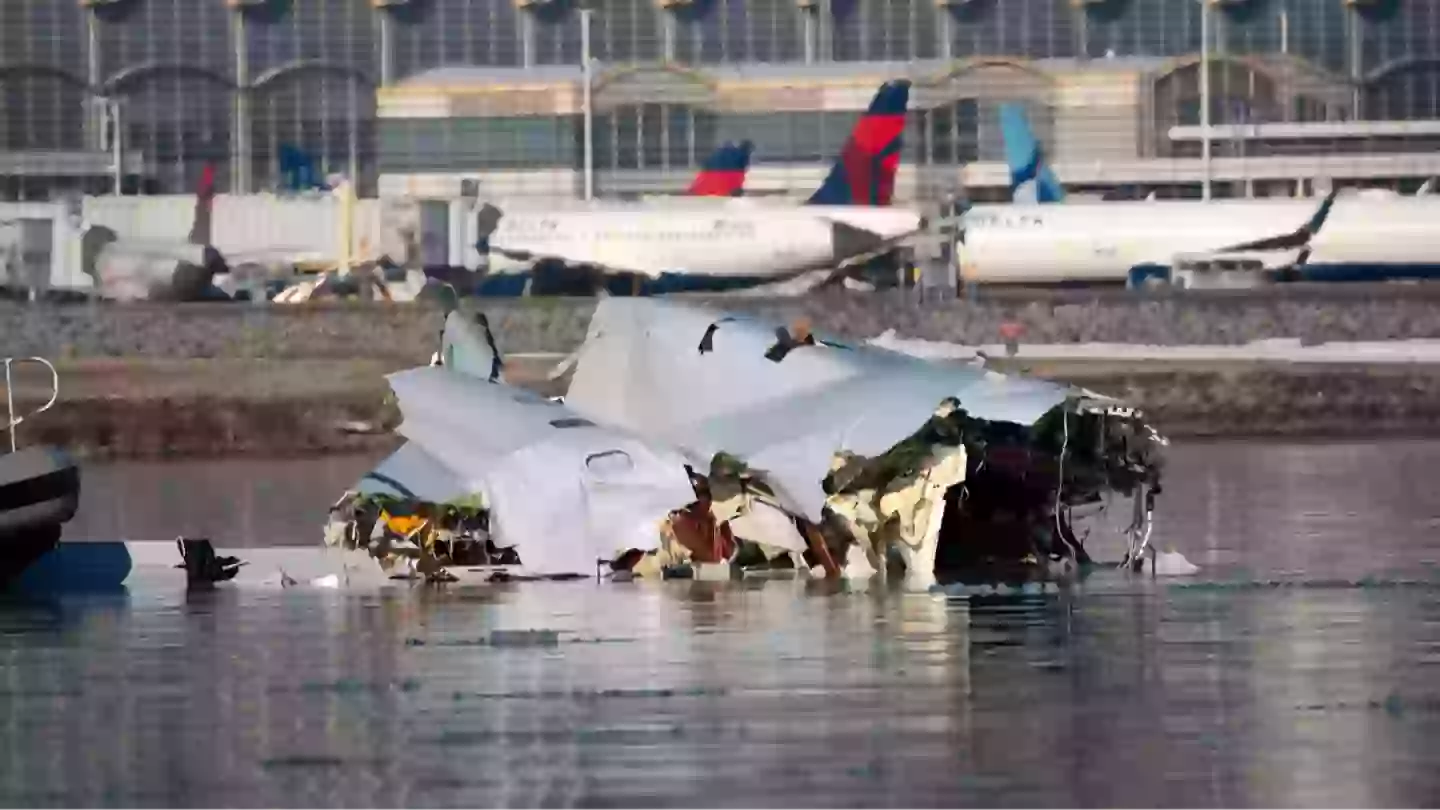At the end of January, a tragic accident occurred involving a commercial American Airlines plane and a Black Hawk helicopter, leading to the loss of all lives onboard both aircraft.
The American Airlines plane was on its final approach to Ronald Reagan National Airport, while the Black Hawk helicopter was engaged in a training maneuver.
Both aircraft met their fate in the Potomac River, prompting investigations to determine the causes of the calamity.
Authorities confirmed that the crash resulted in the death of 64 passengers on the plane and three crew members on the helicopter.
Initial findings from the investigation suggested that the helicopter crew may have been operating under incorrect altitude information before the collision occurred.
Reports indicated that one pilot believed they were flying at 400 feet, while the other thought the altitude was 300 feet. However, the National Transportation Safety Board (NTSB) has yet to specify the exact altitude of the helicopter at the moment of impact.

Jennifer Homendy, the Chairman of the NTSB, stated, “We are looking at the possibility of there may be bad data.”
Additionally, there is a possibility that a transmission from the control tower, instructing the helicopter to navigate behind the plane, may not have been received by the crew. The pilot might have activated her radio at the same moment, interfering with the transmission from air traffic control (ATC).
The New York Times has since reported that just before the collision, the pilot did not respond to a critical warning from her flight instructor.
At approximately 8:46 p.m., co-pilot Andrew Eaves sought permission for the helicopter’s pilots to rely on their visuals rather than instructions from air traffic control to navigate around other air traffic. This request was granted, as it is a common practice intended to expedite operations, albeit with the inherent risk of human error.
Rebecca Lobach did not adhere to an order from Eaves, who was overseeing her training flight.
Investigators also noted that the pilots inadvertently interrupted some of the air traffic controller’s instructions, a phenomenon known as “stepping on” the transmission, by pressing the radio button at the same time. This might have led to missing critical information.

Just seconds before the impact, an air traffic controller inquired if the helicopter had visual contact with American Airlines Flight 5342.
This marked the final communication between the aircraft and air traffic control.
During the training mission, technology on the Black Hawk helicopter, which would typically aid air traffic control in monitoring the helicopter, had been turned off. This would have been standard procedure if the training exercise were simulating real combat conditions.
Brig. Gen. Matthew Braman, the Army’s director of aviation, acknowledged that a series of factors ultimately led to the crash.
He remarked, “I think what we’ll find in the end is there were multiple things that, had any one of them changed, it could have well changed the outcome of that evening.”

